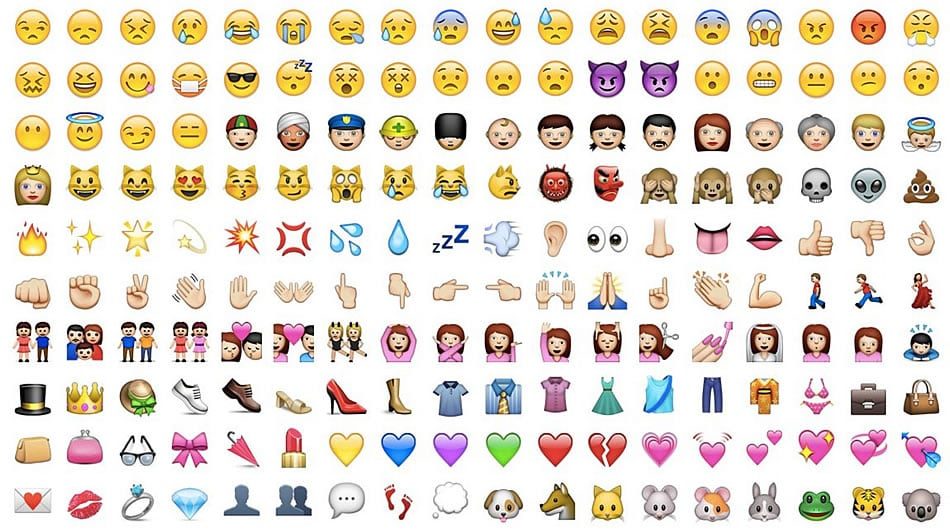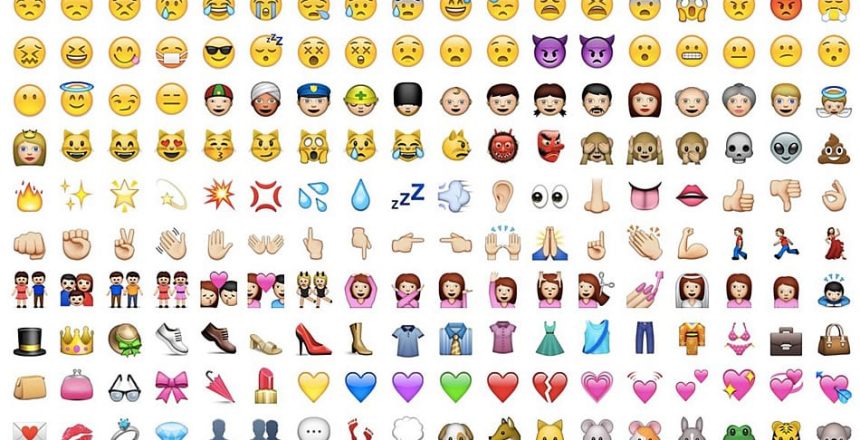No longer do consumers have to be faced with the tedious and time-consuming task of typing words into the search bar to find a website. A single emoji is all that’s needed

The viral sensation has caused brands to experiment and develop their interaction with consumers, a trend that can be found from Yelp to travel-planning site Kayak.
Yelp introduced emoji search in December 2014. By typing the pizza emoji into the search bar, you’re provided with a list of all the local pizza places – it’s that easy.
That’s not to say that emoji searching doesn’t come with its own set of challenges, with user intent being the main issue. For instance, if users choose the football emoji for their search, what are they looking for? A football ground? A sports shop? Or maybe a five-a-side training pitch? It’s hard for the search engine to interpret and decipher user requests.
So why are marketers taking such a keen interest now?
Emoji searching isn’t a new venture – Apple introduced emojis as we know them in 2011 – but the answer is really quite simple. Emojis add an element of fun to the general consumer search and are such a major part of our communication that it seems obvious that we’ll want to use them as a search tool. It’s now therefore essential that the industry recognises its consumers’ technology habits and evolves with them.



